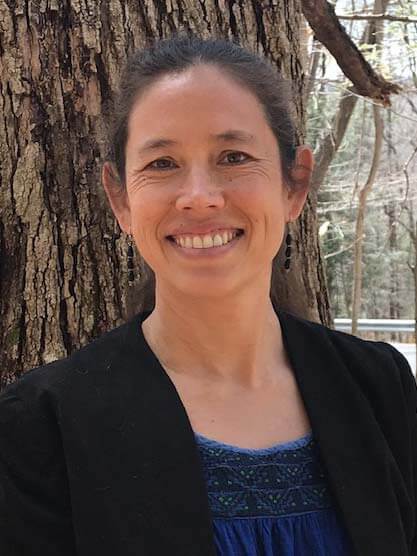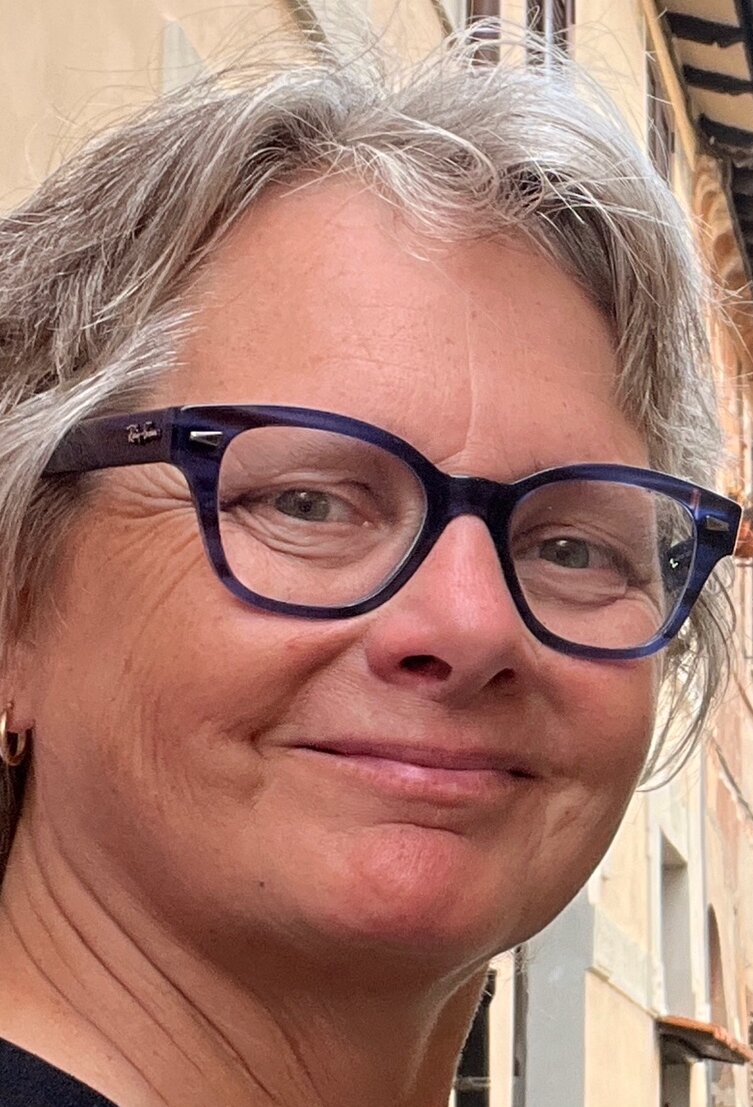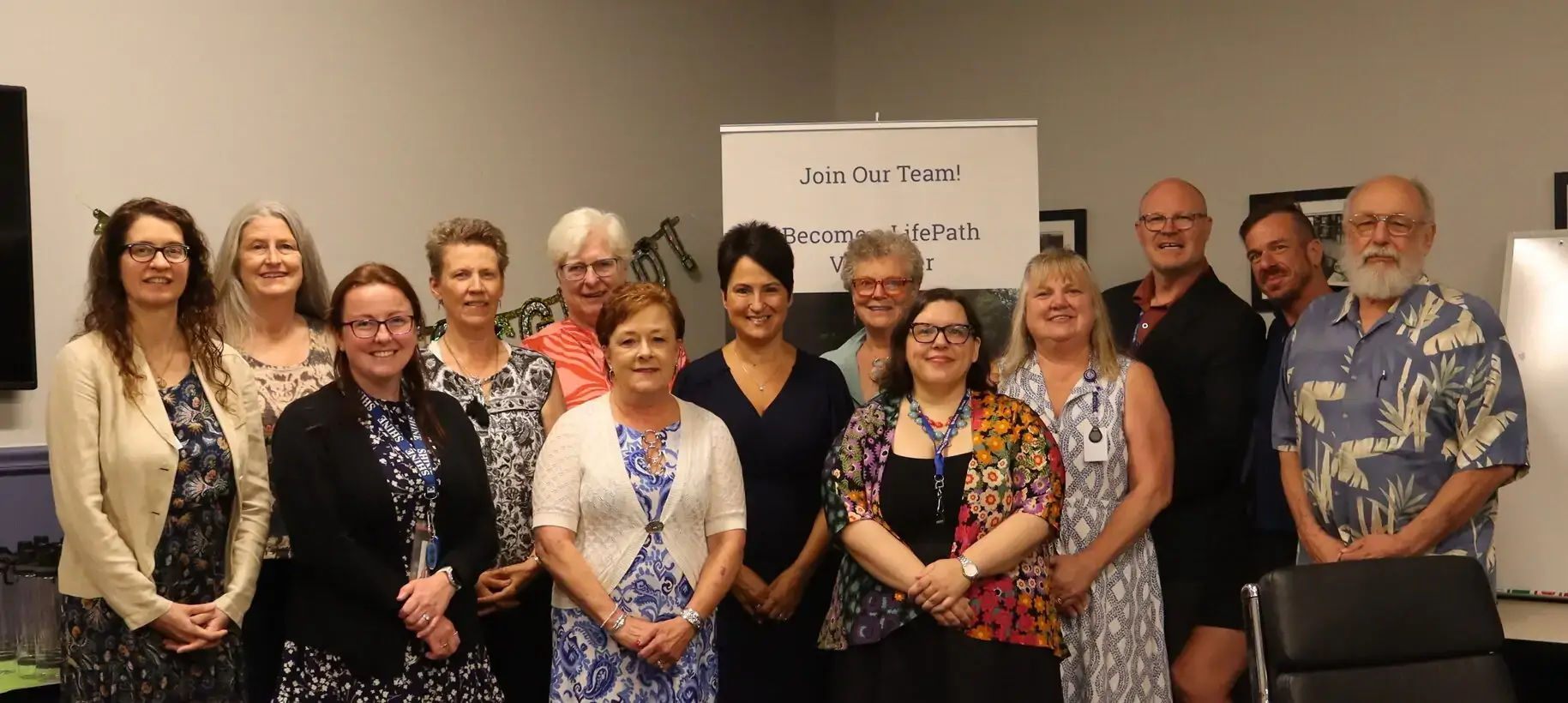Seeds are the foundation of our food supply. Having enough seeds and a variety of seeds in the hands of people (not controlled by corporations) is a necessity for people to have consistent and equitable access to healthy, safe, and affordable food to optimize health and well-being. In observance of this year’s National Nutrition Month theme “Beyond the Table,” which asks us to reflect on where food comes from, I’d like to shed light on the importance of seeds and saving them.
Many seed varieties are becoming extinct, and the diversity of our seed supply is endangered. The Food and Agricultural Organization reports that since 1900, 75% of seed diversity among food crops has been lost, and 90% of fruit and vegetable varieties in the United States, 90% of rice varieties in India, and 80% of corn varieties in Mexico have disappeared. In the United States, fewer than 100 varieties of the 7,000 varieties of apples grown in the 1800s remain. Similarly, from 1903 to 1983, when U.S. seed diversity counts were taken, cabbage dwindled from 544 to 28 varieties, cauliflower from 158 to 9, lettuce from 497 to 36, peas from 408 to 25, radishes from 463 to 27, cucumbers from 285 to 16, and squash from 341 to 40.
Many seed varieties are becoming extinct, and the diversity of our seed supply is endangered.
There are several reasons why we have lost many of our seeds. The growth of industrial agriculture and the practice of monoculture (growing one crop in large areas) with increased dependence on genetically-engineered seeds, the patenting and control of seeds by large corporations, and the decline in the number of farmers with traditional seed-saving knowledge and practices, are some of the major reasons.
Industrial agriculture has brought a global dependence on a few crops for food. Only 12 plants contribute 75% of the world’s food, and only 3 plants—rice, corn, and wheat—contribute 60% of plant-derived calories and protein in our diets.
Relying on a few crop varieties and narrow genetic diversity in seeds makes the food system vulnerable to climate uncertainties, changes in soil fertility, and exposure to pests and diseases. The Irish potato famine in the 1840s is a good example of this. The Irish had become dependent on feeding their growing population with potatoes and grew a genetically identical “lumper” variety throughout Ireland, which turned out to be non-resistant to the pathogen Phytophthora infestans. This pathogen swept through Ireland and turned all of the potatoes to slime, leading to large-scale starvation.
Saving seeds is one way to deter this type of catastrophic outcome. By regenerating diversity in the seeds we use, we can build a more resilient food system, and bring the power to grow food back into our communities. By preserving and planting seeds from many crops and varieties which ripen at different times, thrive in different soils and climate conditions, and provide different types of nutrients, we increase the likelihood of having food to harvest and a variety of nutrients to support our health. Seeds also store our cultures, family histories, and food flavors that we love, allowing us to share and carry on recipes and healthy traditions.
How do I save seeds?
It’s good to have an understanding of your plant before saving its seed. In general, you should try to save seeds from open-pollinating plants, which produce seeds that are true-to-type (same characteristics as the parent plant). You want to save seeds from strong plants without disease and with desirable characteristics such as flavor, size, color, and growth habit. Heirloom seeds are usually older varieties of open-pollinated seeds with desirable traits that have been selected over time, so they are good options. Plants grown from open-pollinated seeds can be self-pollinators or cross-pollinators. Self-pollinators, such as beans, peas, tomatoes, lettuce and peppers, use their own flowers to pollinate themselves, so you don’t need to be as concerned about cross-pollination by neighboring plants, making them good choices for beginner seed savers. If you want to save seeds from plants that cross-pollinate by wind or insects, such as squash and corn, you need to either isolate each variety by distance (a half a mile or more) or use caging or bagging techniques to prevent undesired cross-pollination, and hand pollinate your plants’ flowers.
You’ll want to become familiar with what the seeds of plants look like and the optimal timing to save seeds for each plant, which is usually when the fruit is overripe (e.g. cucumbers), or when the pod has dried up (e.g. beans). Some plants produce seeds in one season (annuals), others in two seasons (biennials). It’s good to save seeds from multiple plants of the same variety to maintain genetic integrity.
Hybrid seeds, usually indicated by the symbol F1, are created when two different varieties of plants in the same genus are combined to create a third variety with characteristics from both parents. Hybrid varieties are created to improve characteristics, such as yield, color, and disease resistance. However, seeds from hybrid plants will not grow plants that are true-to-type, and it’s hard to predict the characteristics of the seedling plants. Therefore, you don’t want to save seeds from hybrid plants unless you are an expert plant breeder.
If you are a beginner seed saver, it’s best to learn from others with experience. Seed libraries, which hold collections of seeds grown by local people to share with others, are great places to find seeds that thrive in your local area, and resources to learn about seed saving. Greenfield Community College and the University of Massachusetts Amherst have seed libraries that offer free seeds and seed-saving resources. Your local town library may also house a seed library. Looking for rare seed varieties? Seed Savers Exchange, a nonprofit in Iowa, hosts a national gardener-to-gardener seed swap of unique seed varieties, and offers many educational resources.
Saving seeds is an important step in securing our food supply and rekindling health in our communities. Whether you can save one or several varieties of seeds, support a seed library, or encourage others to save seeds, there is a part that each of us can play.





